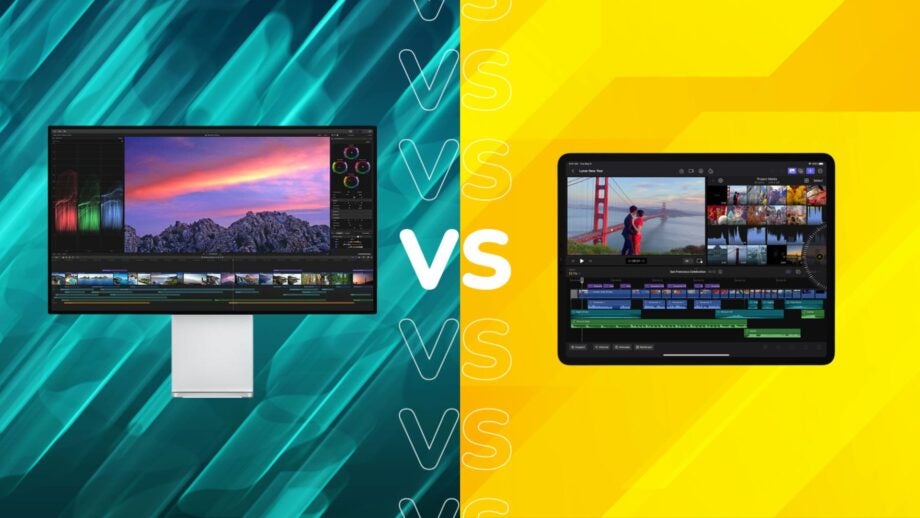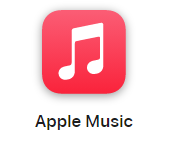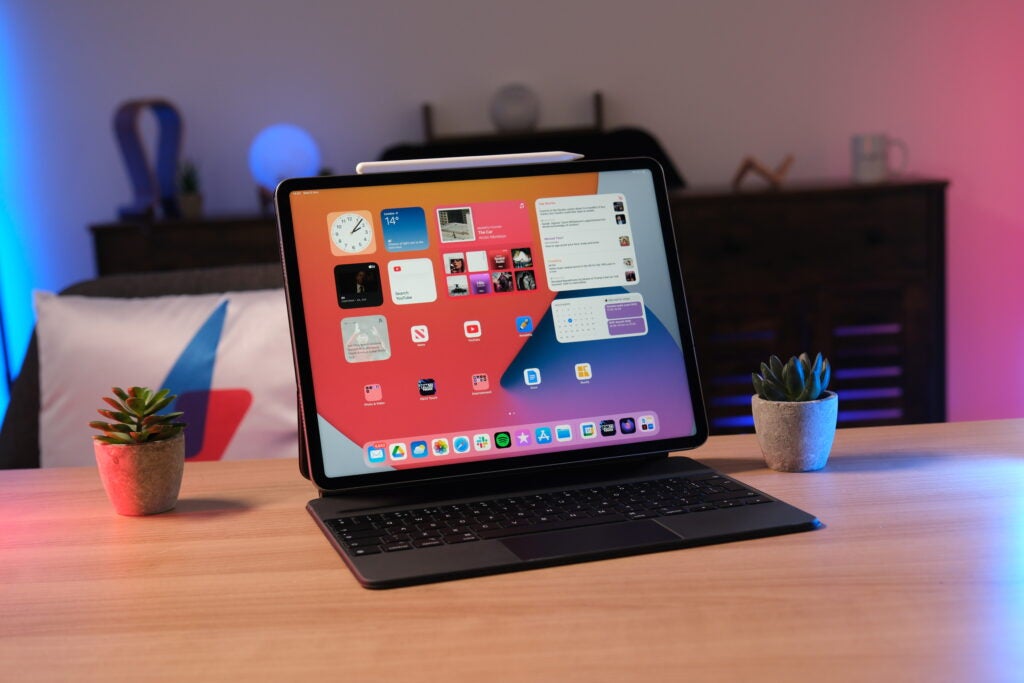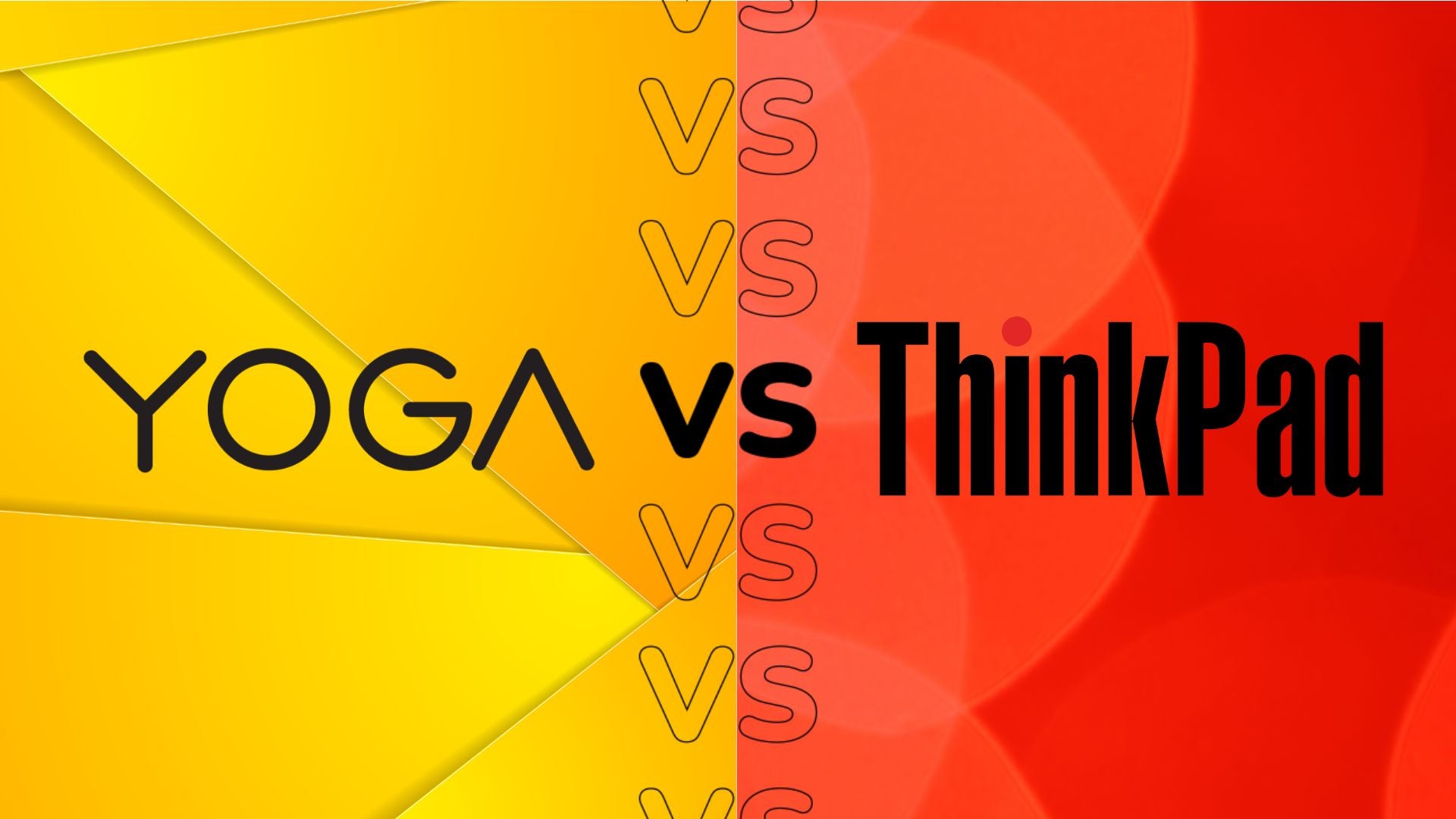Final Cut Pro macOS vs Final Cut Pro iPad: What are the big differences?

Apple has finally brought Final Cut Pro (and Logic Pro) to the iPad. The apps aren’t exactly the same, so we’re diving into the key differences between Final Cut Pro for MacOS and the new iPad version.
The journey towards the iPad being a fully-fledged jack-of-all-trades computer continues, with Apple finally bringing two of its powerful creation tools to the tablet. Both Final Cut Pro, the video editing software, and Logic Pro, the audio workstation, are available on the iPad right now.
It’s exciting for those who love the portability of the iPad but needed an added dose of creativity support to justify it becoming their everything-computer. However, there are some key differences between the new Final Cut Pro for iPad and the existing Final Cut Pro for macOS. Let’s dive in.

Apple Music
Apple Music gives you access to over 100 million songs and 30,000 playlists, ad-free. Listen online or off, across all your devices, and hear sound all around in Spatial Audio with dynamic head tracking. You can now try 1 month for free!
- Apple
- Get 1 month free
- £10.99 p/m
There’s a new recurring payment system
Final Cut Pro on macOS has a straightforward way of paying, it costs £299.99/$299.99 and it’s yours – that’s it. You can then use it across your Macs as long as you’re logged in with your Apple ID. It can also be used by up to six family members via Family Sharing.
For Final Cut Pro for iPad, Apple has gone with a more contemporary method, lining up with how it charges you for other services like Apple One, Apple Music, and more. And that’s a monthly plan. You can get the first month free then it’ll cost you £4.99/$4.99 per month, or you can pay £49/$49 annually. Family Sharing is not available for this iPad version.
You can only use Final Cut Pro on certain iPad models
You may have had your hopes swiftly dashed if you saw “Final Cut Pro for iPad” and had hoped to use the powerful creative tool on one of your older iPad devices, as only machines sporting one of Apple’s M-series chips is able to run the new app.
More specifically, as Apple puts it, you need a “12.9-inch iPad Pro (5th or 6th generation), 11‑inch iPad Pro (3rd or 4th generation) or iPad Air (5th generation) with iPadOS 16.4 or later.”

Whereas, for the latest version of Final Cut Pro for macOS, the minimum requirements are macOS 11.5.1 or later, at least 4GB RAM, a Metal-capable graphics card, 1GB VRAM and 4.5GB storage space. These low requirements encompass a lot of different Macs dating back numerous years, compared with the iPad version which has minimum requirements that start with a 2018 device.
Working across the iPad and MacOS version isn’t easy
If you’re all in on the Apple ecosystem and hoped the introduction of Final Cut Pro for iPad would let you swiftly move your products between your Mac and iPad, think again.
Logic Pro for iPad and macOS allows you to use the Roundtrip feature to easily move projects between both devices. However, Final Cut Pro lacks this. Instead, you’re bound to exporting, but this can only be done when moving a project from the iPad to a Mac. The reverse is a no-go.
Plug-ins and effects are limited on iPad
Final Cut Pro for macOS offers a wide-range of plug-ins and effects for you to take advantage of and, for plug-ins, that’s largely down to third-party content. If you try and access this feature on the iPadOS version, you’ll be told that it’s “coming soon”, which is a silver living.
For effects, transitions, backgrounds and more, you’re limited to what you’re given on Final Cut Pro for iPad, and it’s significantly less than the macOS version.
Final Cut Pro for iPad supports the Apple Pencil
In general, it seems like the Final Cut Pro for iPad is a slightly reined in version of its macOS equivalent but Apple’s tablet has something that Macs do not… a touchscreen. As such, you can take advantage of the Apple Pencil when using Final Cut Pro on the iPad. This allows you to use the stylus for more accurate scrolling and selecting, as well as Live Drawing right onto frames.







